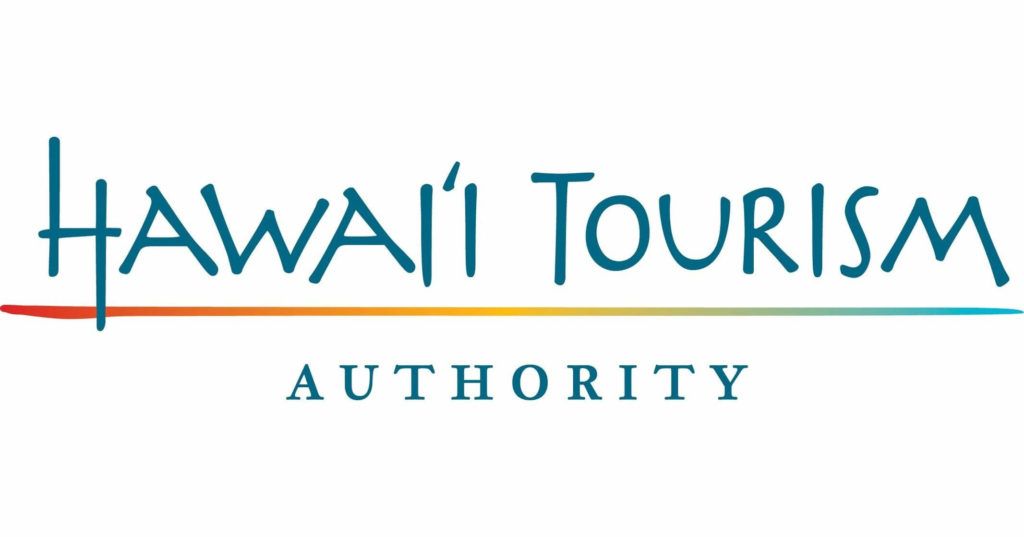What is cultural competency? And why is it important for those of us working in Hawaiʻi’s heritage sector? Join us as we talk about cultural competency as a framework for fostering meaningful relations between museum workers and the cultural practitioners that enrich our programs and institutions. These workshops include a panel on museum indigenization practices, as well as a talk-story with cultural practitioners across Ka Pae ʻĀina o Hawaiʻi about the challenges and opportunities of working with museums and related institutions.
Mahalo ā nui loa to our cultural knowledge holders and attendees for participating in our 2020 Mākau Moʻomeheu series.
Below you will find a final recap video highlighting some of our series’ best moments, as well as recordings of all of the webinars that were organized. These recordings are made available as a resource to Hawaiʻi’s museums community and to others who may find the content of these webinars useful in facilitating conversations around the importance of cultural competence within our workplace(s).
We are currently editing the closed captions for the recorded webinars to ensure that all names and Indigenous language terms that are mentioned are spelled correctly. Special thanks goes to Holo Hoopai for assisting us in the editing process.
November 14 – Mākau Moʻomeheu, spotlight on Oʻahu
November 28 – Mākau Moʻomeheu webinar, spotlight on Maui & Molokai
October 17 – Filmed Conversation, spotlight on Kauaʻi
October 24 – Filmed Conversation, spotlight on East Hawaiʻi
August 15 – Mākau Moʻomeheu webinar, spotlight on Maui, Molokai, and Lānaʻi, PART 1
August 15 – Mākau Moʻomeheu webinar, spotlight on Maui, Molokai, and Lānaʻi, PART 2
August 8 – Mākau Moʻomeheu webinar, spotlight on Kauaʻi and Oʻahu, PART 1
August 8 – Mākau Moʻomeheu webinar, spotlight on Kauaʻi and Oʻahu, PART 2
July 11 – Mākau Moʻomeheu webinar, spotlight on Hawaiʻi Island, PART 1
July 11 – Mākau Moʻomeheu webinar, spotlight on Hawaiʻi Island, PART 2







Join our Newsletter
Why aren’t there Hawaiian diacriticals on this site?
Written Hawaiian uses two diacritical markings as pronunciation guides:
Web browsers sometimes have difficulty reproducing these markings without the use of graphics, special fonts, or special coding. Even correctly authored Web pages that use Unicode coding may be transmitted through a server that displays the symbols incorrectly or the browser may use a replacement font that displays these incorrectly.
Since most browsers can and do display the ASCII grave symbol (‘) as coded, this site uses the grave symbol to represent the ‘okina. We do depict the correct ‘okina on all pages in the title graphic because it is embedded in the graphic and not displayed as text.
The kahako/macron is more problematic. Given the problems with displaying this with current technology, some websites resort to displaying these with diaeresis characters instead, as in ä, which will appear in most browsers (but not all) as an “a” with two dots over it. However, this is not a desirable solution because it doesn’t work uniformly in all browser situations. Until Unicode fonts are more universally displayable, the site reluctantly omits the kahako from most text.
For up-to-date information on how to display the Hawaiian language on websites, visit http://www.olelo.hawaii.edu/enehana/unicode.php by the Kualono Hawaiian Language Center of the University of Hawaii. General information on these issues can also be found at http://en.wikipedia.org/wiki/%E2%80%98Okina and http://en.wikipedia.org/wiki/Macron.